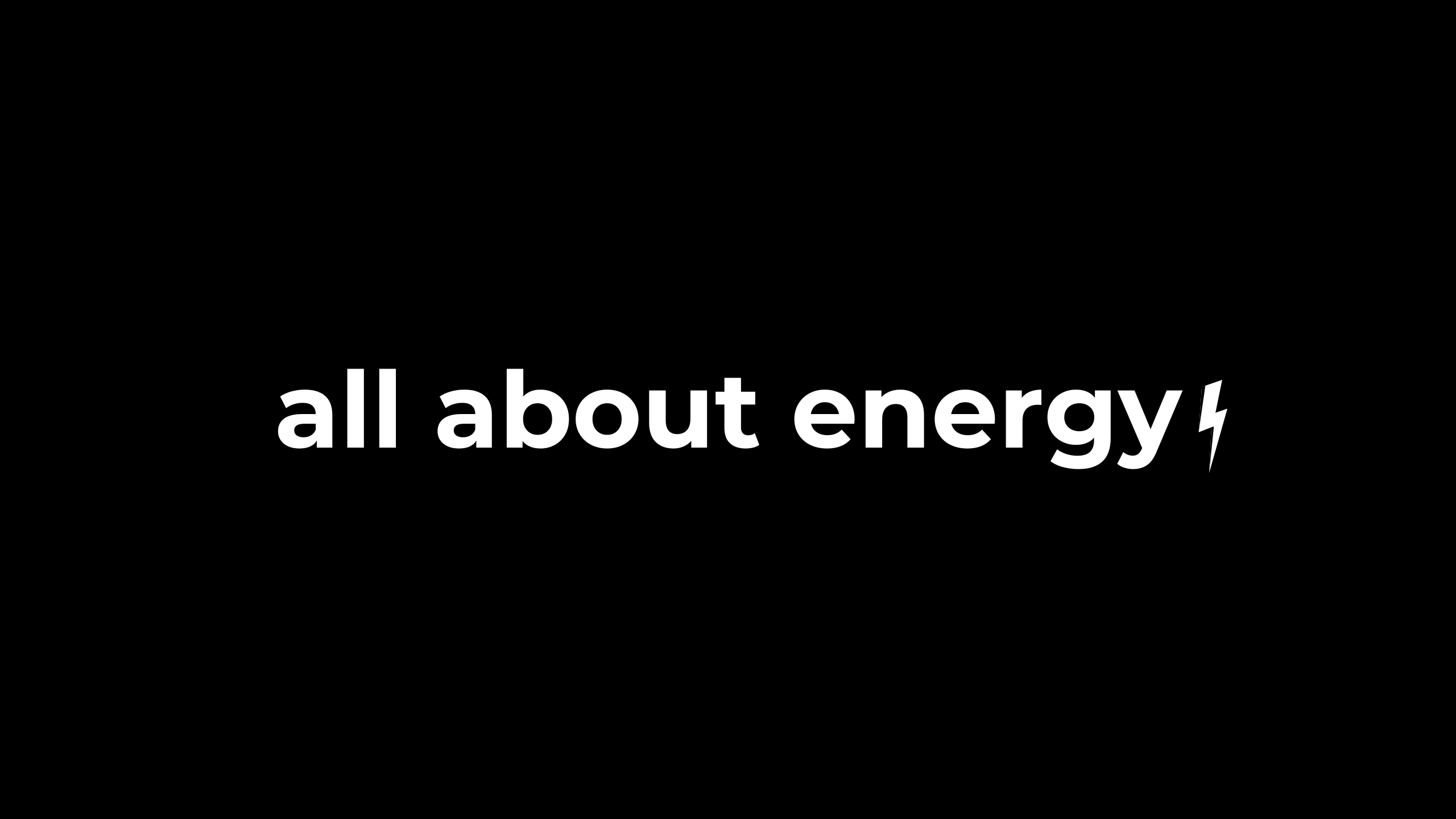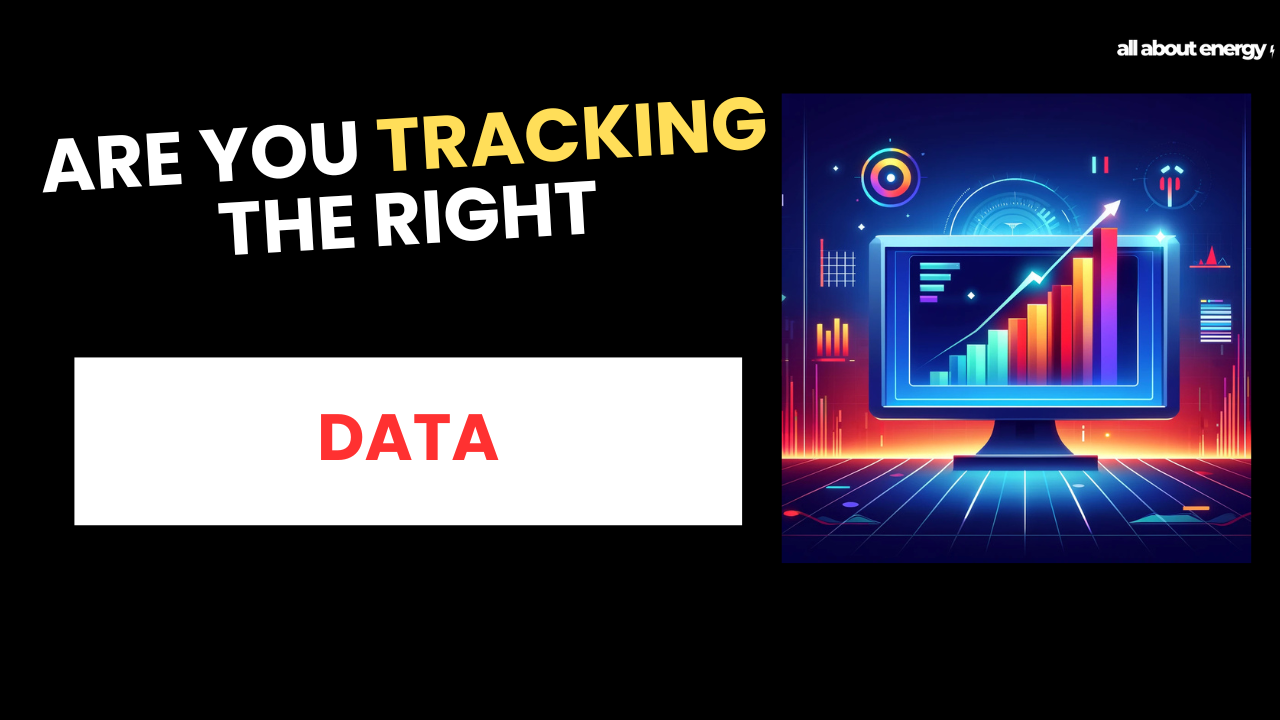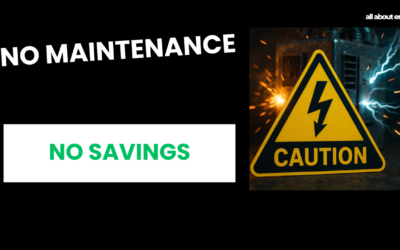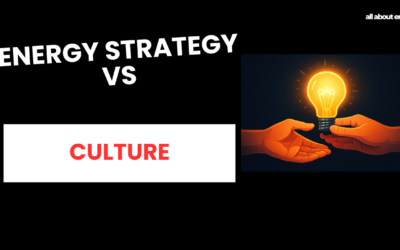Energy Dashboards That Drive Results
Written by Joe Wright
Energy dashboards can be a great tool and some may look impressive at first glance, but how many of them actually drive results in your business?
If you’re serious about hitting your energy, cost, or net zero targets, your dashboards need to do a lot more than just display data. They need to tell a story. A story that leads to action.
So if you’re responsible for making energy improvements in your business, let’s talk about what an effective energy dashboard should really do and how it can become one of your most powerful tools.
From Data to Insight to Impact
The right dashboard shouldn’t just sit on a screen in your energy manager’s office. It should turn raw data into usable insight, and insight into meaningful impact. But that only happens if it’s built with purpose.
Too much of the wrong data? People will ignore it.
Too little of the right data? You miss opportunities.
The goal is balance and clarity.
What Your Dashboard Must Include
At the very least, your dashboard should show Key Performance Indicators (KPIs) that reflect your specific energy goals. Depending on your business, these could include:
- Total energy consumption (e.g. in kWh)
- Energy intensity (e.g. kWh per square metre, or per unit of production)
- Cost per kWh
- Carbon emissions, especially if you’re working towards net zero or broader sustainability goals
But here’s the key: data without context is just noise.
Show Performance Against a Target
To make the information truly actionable, your dashboard needs to show how you’re performing against something. A benchmark, a baseline, a target.
It should be instantly clear whether you’re on track, ahead, or falling behind.
This is where visual indicators make a big difference. Think:
- Red, Amber, Green (RAG) status lights
- Trend arrows
- Performance dials
All of these help your team spot issues or wins at a glance.
Compare Over Time and Across Sites
Time based comparisons are critical. Show progress week on week, month on month, or even year on year (perhaps with a rolling average). People want to see if their efforts are making a difference.
If you have multiple sites or assets, use your dashboard to compare them. Leaderboards or ranked lists can encourage healthy competition and make it hard to ignore underperformance.
Want people to care? Show them where they stand.
Engage Everyone Who Can Make a Difference
One of the biggest mistakes businesses make is designing dashboards only for the energy team.
But energy performance is influenced by everyone from operations, maintenance, facilities, even senior leadership. So your dashboard needs to speak the language of all Stakeholders
Avoid overly technical terms. Show how energy affects what they care about:
- Costs
- Production efficiency
- Compliance
- Sustainability reputation
Or whatever it is for your business.
If it’s easy to view, easy to understand, and clearly relevant, they’ll engage. And that’s when real change starts to happen.
Tell a Story That Leads to Action
The most effective dashboards make the key information simple.
They don’t just show numbers. They tell a story that quickly shows what’s working, what’s not, and what needs attention.
When these dashboards become a normal part of daily operations, energy management stops being a side task. It becomes business as usual.
So, What’s Stopping You?
Do you already have an energy dashboard in place?
Is it delivering the kind of visibility and engagement you need?
Or is it just another screen?
If you’re unsure where to start or how to use the data you already have drop me a message. There are simple ways to build dashboards that get attention and, more importantly, drive results.
Are you looking to improve your organisations energy management practices?
Take our Energy Management Scorecard quiz to assess your current strategies and identify areas for improvement. Click below for the free assessment

You May Also Like…
Compliance Simplified
If you’re part of any of the mandatory compliance scheme like SECR, ESOS, or the many others out there, then you...
Why maintenance matters for energy management
When you think about improving your energy management, where does your mind go first? Upgrades? New systems? Cutting...
Creating A Culture Of Energy Efficiency
If your business is subject to compliance schemes like ESOS or SECR, you’re not alone. A lot of the companies I work...




